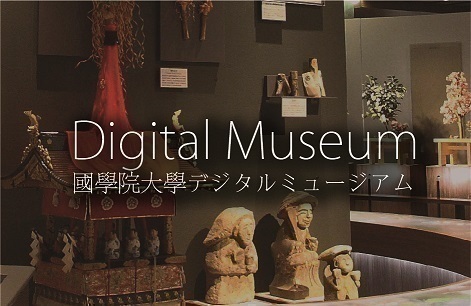- トップ
- Encyclopedia of Shinto
- Mitamaya
Encyclopedia of Shinto
| Main Menu: | |
| Links: |
詳細表示 (Complete Article)
| カテゴリー1: | 4. Jinja (Shrines) |
|---|---|
| カテゴリー2: | Objects of Worship and Shrine Treasures |
| Title | Mitamaya |
| Text | A place or installation for enshrining the spirits of ancestors or noble persons; also called otamaya or reibyō. Ancient domestic rites were observed with the kinensai in the fourth or second month and Niinamesai in the eleventh month. At such times, ancestral tutelaries (ujigami or yakatsukami) were worshipped together with the deity of foodstuffs Ukanomitama and the hearth deity known as Kamadogami. It is said that this overlapping system of worship is based on the ancient understanding that the spirits of ancestral deities (sojin) were originally the spirits received from the rice grain. In the Heian period, however, the cult of vengeful spirits (onryō) developed, and the popularity of the Pure Land cult and the overall unrest of the times contributed to the spread of ceremonies performed for the repose of the dead. This led to a decline in the earlier spring and fall ujigami rituals, and intead, it became customary to invite the spirits of the dead to return during the first month and for the urabon-e (or obon) festivals held on the fifteenth day of the seventh month. In the medieval period the practice of enshrining the spirits of dead individuals became common, as seen in the example of memorial tablets for Retired Emperor Gotoba (1180 - 1239). From the early modern period on, there was an increase in "Shinto funerals" (shinsōsai) in which individual humans were treated as kami,. Under The Yoshida house of ritualists conferred spirit ranks such as Myōjin-gō, Reisha-gō, and Reijin-gō onto the dead, and they were sometimes also worshipped at shrines. With the spread of National Learning (Kokugaku) movement, it became more common to enshrine the spirits of ancestors or sorei within ordinary homes, and the location where such ancestral spirits were enshrined was called a soreisha or mitamaya. According to Shinto custom, the mitamaya is independent from the household Shinto altar (kamidana) and located a level below. — Okada Yoshiyuki |




